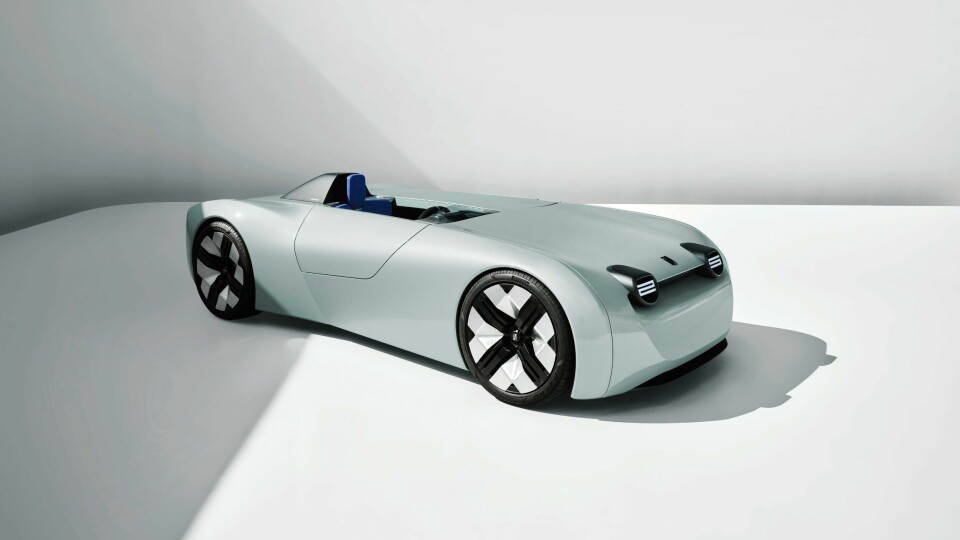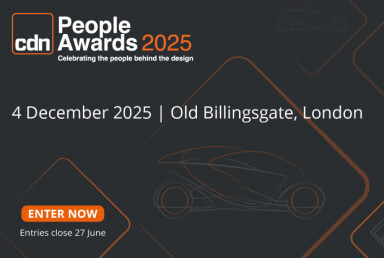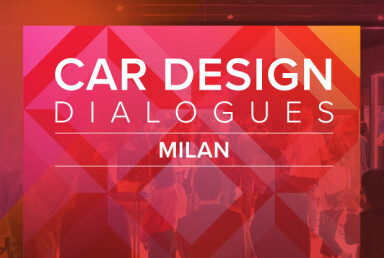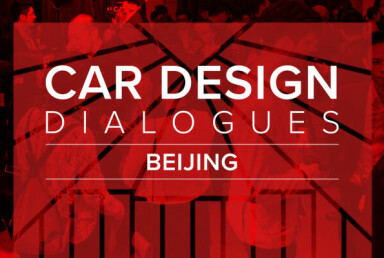
Makkina revives Triumph with the TR25 concept
A reimagined Triumph TR2 has finally been revealed – the TR25 concept designed by Makkina to celebrate the studio’s 25th anniversary. The team at CDN deserves an award for keeping quiet about this project for as long as we have
Designers, it has been said, need to be great storytellers. The ability to craft a narrative is undeniably valuable: whether you are mining your heritage to inform the future or conjuring a story from very little. What then to make of a design studio which has made it a mission to tell other peoples’ stories. As ghostwriters go, Makkina, headed up by Michael Ani, is arguably the most influential.
From behind an unassuming door in Notting Hill, not far from legendary west London saloon the Cow, the studio has shaped the design language for numerous OEMs, but has studiously avoided taking any public credit. The white walls of the studio speaks to the clandestine nature of the work – unadorned by images of previous projects. As we sit down in the main studio space for a coffee, Ani explains his rationale.
“Working for different brands – respecting them, respecting their identity and finding a vision to push them forward in an appropriate way. That was always so appealing to me,” says Ani. “Our clients were very happy with us, we never sought any exposure because we were always busy, we always had lovely projects.”
And that is how it has been since Ani founded the studio in 1998. Until now. “We reached this 25-year milestone and I thought, ‘OK, Michael, something needs to be done here.” Ani ruled out any major retrospective pretty much immediately – “we are cutting-edge” – so to look back at the archive seemed nonsensical to a studio that has always looked to the future. And given the confidential nature and the sheer volume of the work, how would you begin to unpick which bits were cleared for public consumption.
For this long awaited coming out party, Ani needed something special. The designer found it in an old photograph of the Triumph TR2 ‘Jabbeke’, designed by the now defunct British marque to break the speed record for production cars under two litres in 1953.
“Stance and proportions, that is where we start with every project”
“So many things were appealing to me about this photo. Number one, the idea of a purposeful car that somehow had personality and character. It harked back to an era of sports cars in the UK that were not all about mega power,” says Ani. “It was just about having fun, to enjoy a car in its simplest form. There was something understated, simple but still dynamic that I really could imagine there could be a contemporary interpretation of this car.”
Further investigation revealed a serendipitous series of anniversaries. “Triumph is celebrating its hundredth anniversary this year, it’s Makkina’s 25th anniversary, and it is 70 years, almost to the week, that this car broke the two-litre speed record,” explains Ani.
It would be hard to imagine a better story. But there was one more piece of the puzzle, one a little closer to Ani’s own love affair with the combustion engine and subsequent realisation about the benefits of EVs. “I’m a petrol head that fell in love with the BMW i3 at the Frankfurt Motor Show in 2013. An amazing car. For ten years I’ve been driving that car. I can’t find anything else that does what I need a car to do for London.”
“That car showed me that I could adjust my preconceptions, that I could enjoy an EV as someone who loves driving.” With BMW owning the rights to the Triumph brand, and with a ready-made platform that Ani respected, it was a matter of receiving the blessing from the German OEM.
With the i3s as a base, the design challenge was to reinterpret a classic British roadster for a new age. Aero was vital, but also a strong characterful identity. Early sketches show a wide-haunched, muscular slab, which, though dynamic, were a little OTT. “Exuberant,” says Ani.
The finished form, named the TR25, is quieter and more resolved. The classic roadster fender of the original TR2, very much a product of its time, is translated into a modern form language that creates a flowing, unfussy profile with a shoulder line that falls gently as your eye progresses towards the rear.
The pinched-in form, more obvious when viewed from a bird’s eye perspective, clears the way for a muscular rear haunch. The gaping maw of the original mask is no longer needed, so has been mostly filled in but for a sliver of air cooling. “Stance and proportions, that is where we start with every project,” says Ani. “Then come the details.”
“Everything is reduced to its essential elements, we are not trying to be too complicated”
Those details are again forward-facing interpretations on the character of the original. Take the headlamps, which are better integrated into the hood and feature a ‘25’ signature in a nod to the Studio Makkina anniversary. The rear lamps are less quirky, serving more as an aerodynamic aid. Nevertheless, the elements neatly frame the ‘Triumph’ name, spelled out here in a clean, elegant typeface. The Triumph logo, which underwent numerous iterations over the decades has also been revamped.
The 21-inch wheels are a quartet of arrows broken-up graphically by an X-shape. “We kept them flush to help the arrow, but it is divided up in a very recognisable way.” There is an allusion to the Union Jack flag in the geometry – subtle but definitely present.
In keeping with the spirit of the Jabbeke car, the TR25 is a single seater – though Ani says there may be the option of a jump seat. Ingress and egress comes through a pair of suicide doors, which swing up to reveal a driver-focused cockpit and a striking blue interior. The central spine of the car, made from F1-grade materials, runs from top-to-toe in the cabin forming a strengthening pillar in the cockpit, helping the all-important structural rigidity.
“This buttress is an interesting solution in that it integrates the mounting for the driver’s headrest,” says Ani. “It is all about the driver’s seat and the driver. It is very minimal in terms of switchgear – it needs to be as uncomplicated to drive as possible.”
To this end, enlarged touchscreens are pleasingly absent while the sculpted seat remains static – the spoked steering wheel and pedals are adjustable for a suitably dynamic driving Jabbecke-esque experience. The steering wheel spokes hark back to the TR2 but are functional, containing driving data and navigation. Drivers can toggle a triad of switches to change driving modes, while start, stop and lighting functions are served by a series of circular buttons. “Everything is reduced to its essential elements, we are not trying to be too complicated,” says Ani.
We were very fortunate in finding exactly the project we wanted to express for our anniversary
Examining the clean form and the adroit stance of the Triumph TR25, you are struck by the generosity of the project. In placing their name on a car after 25 well-cultivated years in the background, Ani and his team have still placed the onus on what is correct for the brand.
Undoubtedly, this is the secret of Makkina’s success. “We were very fortunate in finding exactly the project we wanted to express for our anniversary. It happened to fit a kind of ethos that I personally like a lot – simplicity and achieving a lot from the minimum and not over embellishing. Would we do the same if it was another brand? Possibly not.”
“But I think it’s absolutely the right thing for us to have done,” Ani continues. “We’ve come to the point where we needed to express something. We know where we’re recognised within the automotive design world. Journalists would not know. But within that world, we know.” And now, finally, so does everyone else.
























